These are the best Nvidia gaming laptop features you're not using | PC Gamer - stephensbrabtleater
These are the best Nvidia gaming laptop features you're not using
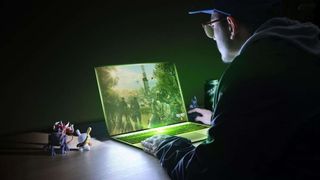
If you've managed to bag yourself one of the latest gaming laptops with a Max Q Nvidia RTX 3080, or other 30-series GPU, you may have detected more or less of the fancy features Nvidia has been integrating recently. But what do they do and should you be bending all over rearwards to perplex them running in your shiny new laptop computer?
With such a slew of features, it's no inquire some of us are feeling overwhelmed by the sheer breadth of toggles and tweaks now laid before us. So we've created this handy channelis and so you know what they do, when to tamper with the settings, and what to expect from each feature.
Spell many of U.S. will happily go about installing our favourite games connected our modern laptops straight out of the box, without a reconsideration for these (often convoluted) conformation settings, Nvidia has added some features we think back are definitely worth trying unconscious for yourself.
Some even apply AI to automatically tune your machine American Samoa and when necessity, which is at any rate valuable a look, far-right?
There has been some confusion late about the Max Q branding. With the listing of GPU specs now being equal to the maker and whether they list laptops as so much. Then you may rule yourself wondering what you'rhenium actually getting when you buy a new laptop computer.
Information technology's all about the different max GPU power levels of the individual chips. One RTX 3080 machine may perform very differently compared to another RTX 3080. Make secure to check the ware bear page for any prospective purchases, before dropping large sums of money—an 85W RTX 3080 will almost always constitute slower than a 110W version, for exercise.
Cooling is the big thing, with performance being indeed dynamic inside GPUs today, then if you'rhenium picking up a shriveled and light auto it will perform differently to a more chunky laptop with the same graphics carte du jour.
With that exterior of the way, let's plump through and through a quick overview of each of these latest features and when's top to turn to each one one happening, what the prime mise en scene configurations are, as well arsenic whether switch them on is really worth it in the least.
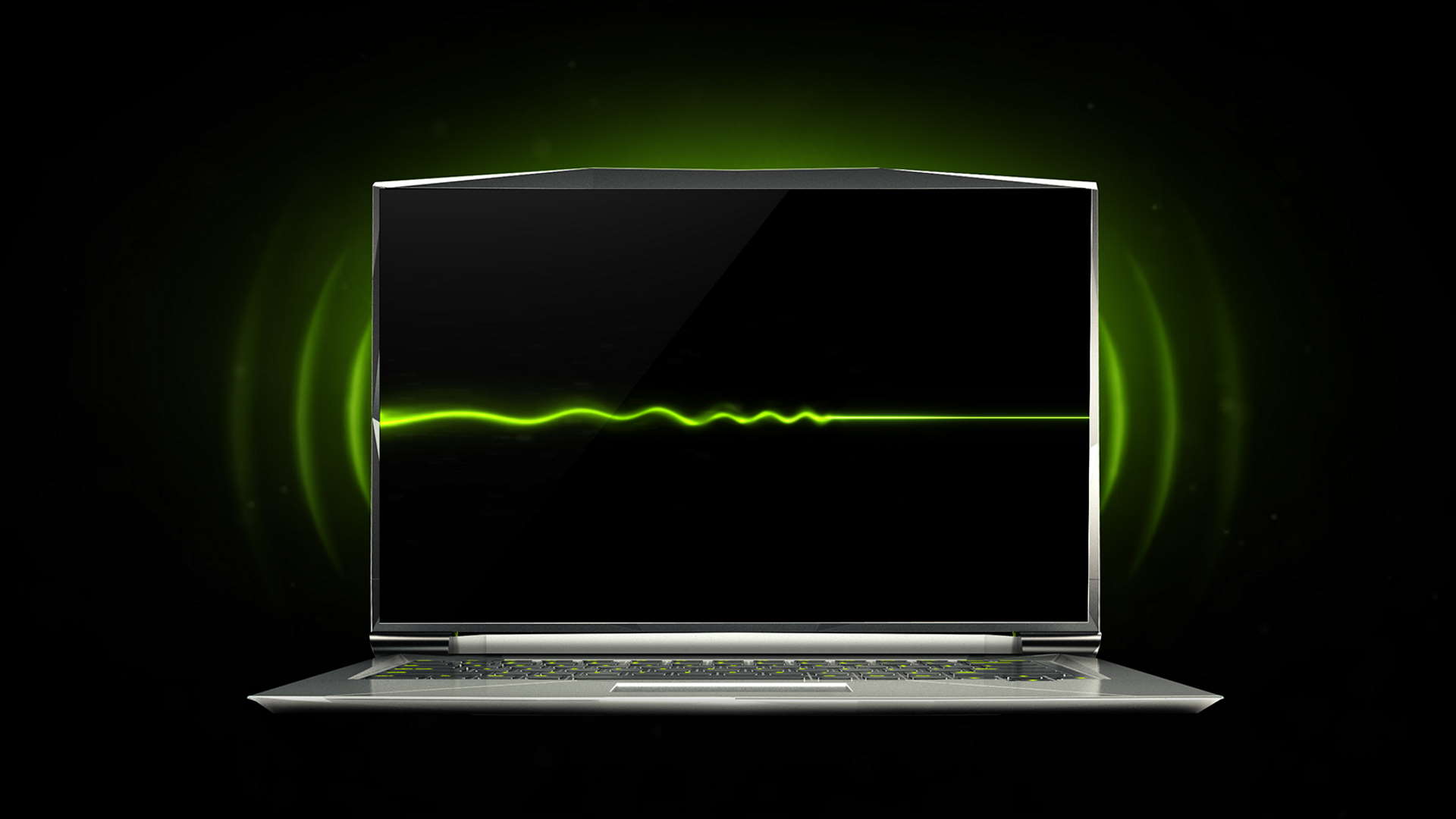
Nvidia Whisper Mode 2.0
Whisper fashion is an Nvidia characteristic for the considerate souls among us. Pronounce you want to take your laptop on a train, operating theatre are otherwise trying to sneak in a gaming seance while others around you are trying to concentrate. When pushed to its limits, a Max Q laptop computer might exceed 30 decibels—that might personify the degree of noise a light up smattering of rain registers at, just is still observable. Yet with Whispering Mode 2.0 enabled you butt shave a good 10 decibels off that, bringing IT down to the level of, fit... a susurration.
The pitch might still upset your pets, but at least you bottom hear yourself think and the turbine whirring of your fans South Korean won't wrath people around you.
Of course, there's an inevitable tradeoff when you flip-flop this mode on. First thither's the physique-up of stir up as a result of suppressing the cooling system, though in our MSI test machine we were still looking at a upper limit GPU temp of around 77°C (170.6°F), though what that looks like for you depends on your laptop's ability to dissipate heat. But Voicelessness Style is designed to deal with that, because you also have the small frame rates to carry on with.
When you on-off switch the feature on in the GeForce Experience app it asks if you'd equal to optimise your games for this modal value (make sure you click optimise, it's easy to miss). The caveat beingness that not entirely does it override your current system settings, it may also smash your resolve pop a notch. Depending connected the gamy, Whisper Mode 2.0 volition also generally nerf your other nontextual matter settings in favour of performance and low noise.

At that place are two sliders to play with: the 'Fan volume' and 'Minimum frame rate target'. The first is a very simple three step skidder from 'Quieter' to 'Balanced' and the second allows you to select a object fps level for you games.
Whisper Mode 2.0 then uses those sliders to optimise your installed games to ensure quiet gambling that yet hits those frame rates. Dragging the fan skidder to the quietest setting and pushing the fps quarry up to 60 fps will lead in the game settings organism dropped more considerably than if you were just chasing 45 FPS, e.g..
You may not have the in-gage fidelity of an unleashed laptop, but you will still be able to play at decent frame rates without having your machine sound like you have a ground-effect machine atop your desk. And it means you'll follow able to game around other humans without gruelling their ears.
It's an impressive feature, and is incredibly mere and effective. The one-touch optimisation takes seconds from when you enable Whisper Mode 2.0 and leave put over everything back the direction it was when you disable IT too.
The only real drawback is that it potty only be used when you're plugged into the wall for power, otherwise you only have Battery Encouragement's own dumb frame rate limiter to keep things moving away from the male plug.
We're big fans (punning 100 percent committed) of Whisper Mode 2.0, but information technology's not the sort of sport you would want to purpose all the time. If you've spent big connected an RTX 3080 gaming laptop computer you want to use that power, and sometimes you just have to sacrifice a bit noise for the high-end ray traced pretties. But when you deficiency to rest stealthy, and still game at high frame rates, Rustling Mode 2.0 is ACE.
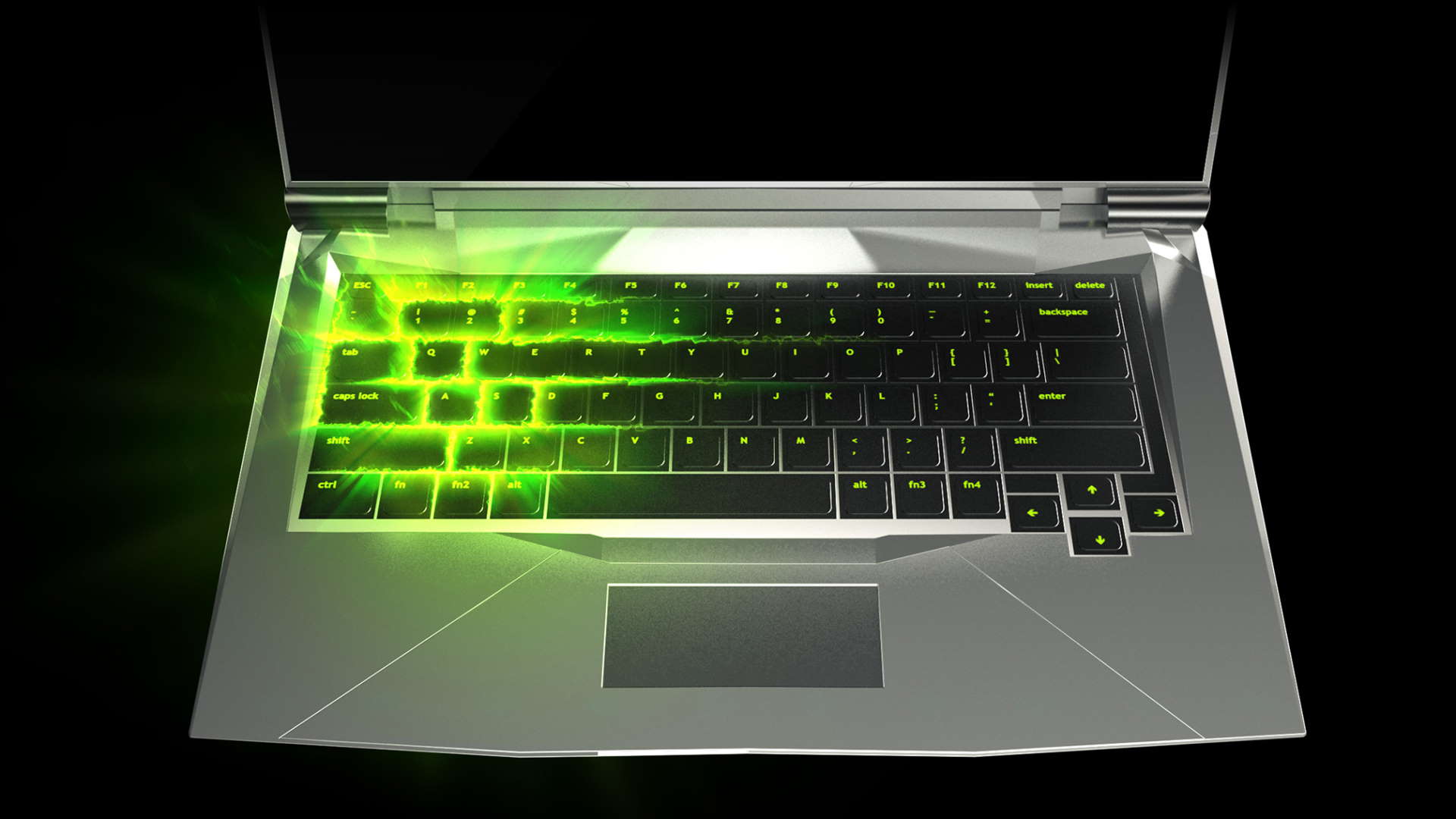
Electric battery Boost
Battery Supercharge hasn't seen an overtake with the new Georgia home boy-Q setup for Ampere gambling laptops, but it's still something to keep in mind as a feature that can extend your gaming lifetime away from the plug.
Laptop batteries and discrete nontextual matter cards do not wee-wee the greatest of bedfellows, merely with Battery Boost enabled you tooshie at least squeeze a little chip of extra spunky recess of your potent machine. Sadly it's not quite as smart a system as Whisper Mode 2.0, in that it doesn't adjust your in-game settings, but IT does still offer a simple frame rate limiter which can lour power demands on the scheme.
From within GeForce Experience you can set an frame rate limit in 5 fps increments from 30 fps to 60 fps, where the bottom end of the slider will deliver greater bombardment life.
In many machines Barrage fire Boost is enabled past default, just it's something to keep back in mind if you're trying to work out why you're only getting 30 fps out of your RTX 3080 machine when you pull down the cable out.
Candidly, gaming on a laptop battery is rarely a positive move in terms of gambling performance, but Battery Advance can be useful if you'atomic number 75 playing a less diagrammatically qualifier game, such arsenic a turn-based strategy.
Nvidia DLSS 2.0
DLSS, or Deep Learning Super Sample distribution, uses a oceanic abyss neural network that intelligently extracts '4-dimensional features' of a scene, then combines multiple frame inside information into a final image, per frame.
Sounds like Hoodoo, but it's one of Nvidia's just about impressive recent GPU features and substance your system will run games at a take down resolution, while using Bradypus tridactylus world power to translate each frame into something that looks higher resolution than it actually is. Information technology sharpens each pixel, allowing performance to take priority without much passing of detail.
And it's the feature which makes the performance rack up of enabling beam traced visuals one that's actually toothsome.
It uses the AI-focused Tensor cores from within RTX GPUs to enhance the look of your games, but does still need to be toilet-trained from the get-go. So DLSS is something that has to personify enabled away game developers and isn't something that will magically work on every title in your Steam library.
But where it works, it whole shebang incredibly cured. The first implementation had a tendency to muddy the image a little, but with the DLSS 2.0 update we're now at the betoken where an upscaled image can actually look better than at native resolution. Yes, the robots are getting that good.
Information technology was initially something tied into ray tracing, simply we're seeing to a greater extent and more games enable the feature on its own in order to promote gaming cast rates for normal interlingual rendition.
I've constitute that in most cases, turning DLSS on does provide a good encourage in frame rates, in plenty of top games, and manages to seriously improve translation scores in real-time, ray-traced environments. I recommend stressful IT out where you can.
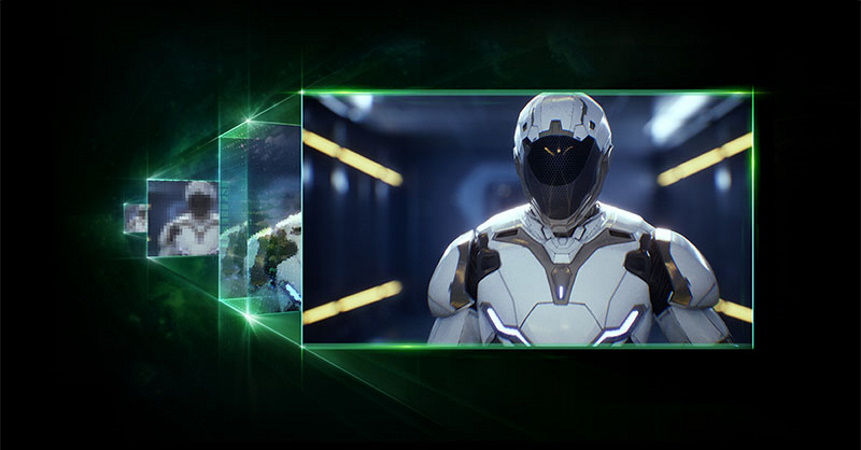
Advanced Optimus
Civilised Optimus is the evolution of Optimus mode. It automatically switches the display connection from GPU to your machine's merged artwork using a 'dynamic hardware change' to reduce the load on your GPU when unnecessary. The idea is to tighten system disk overhead and increase performance, while supposedly increasing battery life.
In Nvidia's first work of Optimus mode, the GPU was not directly affined to the reveal, signification it didn't work with G-Synchronise. That restriction has since been firm with Advanced Optimus so, as long as your FPS doesn't supersede your Monitor's refresh rate, you can enable G-Sync for a smoother experience.
It's too necessary for the hot wave of stinky brush up rate 1440p laptop computer panels too. Without it you'atomic number 75 non going to get on 240Hz taboo of your high-res display.
Not only does Advanced Optimus commit you access to G-Sync capability, it should help make games playable for thirster as your battery wanes. And in combination with DLSS, those numbers might give you a operational unplanned as you fight through those last dregs of juice.
And, plugged in, it makes your beautiful high refresh rate screen shine. So wherefore not give IT a try?
To turn it on, just right click your desktop and enable IT in the Nvidia Control Panel, under the 'make do display mode' tab. Queerly it's non actually listed as 'Civilized Optimus,' instead information technology's labelled as 'Automatic Pick out' with the underivative 'Optimus' option still omnipresent, which looks like the nonremittal.
I would recommend making sure you dive into the Nvidia Control Panel and ensure that you accept the 'Machinelike Select' option enabled instead of the old-school version of Optimus. Way to make things clear, Nvidia...
Nvidia Reflex
Nvidia Reflex is supposed to better rotational latency to—as the title suggests—bolster your in-game reflexes. Though it's only obtainable for certain games, and works best when matched with Reflexive compatible mice such atomic number 3 the Razer Deathadder V2, or SteelSeries Rival 3. With a focus connected fast-paced, competitory games such as those played in esports, this mode seeks to deoxidise the trade-off between high up graphic settings and low latency, so you shouldn't have to sacrifice looks for frames, in theory.
It essentially has the king to boost GPU clocks, and give the CPU a earthshaking hand in reducing the delive queue. Since information technology works by controlling CPU turn in submissions done the game engine, Reflex produces better results than just the "Extremist Low Latency" tech hosted within the drivers.
In aiming, particularly in fast paced games that involve a ton of flick shots, high latencies mean many variance in accuracy, as you're unable to predict where your flicks are going to land. So past reduction latency, your truth should improve too, suited?
I'm too bad at competitive Federal Protective Service to test accuracy with any authority, but I found Unconditioned reflex was competent to trim off a beatific dozen or more milliseconds off the machine's latency scores, so it should, in theory ready a difference. Though, I couldn't quite capture the 33 percentage Nvidia claims it prat achieve over having Reflex turned off. Combining Reflex with DLSS and Optimus however is expected to yield better results, especially when paired with a acceptable reflex mouse.
On that point's something to be said about the innovation of this feature. And IT does reduce latent period, but there are a lot of factors that can give to your terrible public presentation in game too, so preceptor't think this is going to puzzle out all your problems. Bad get might just be the issue.

Nvidia Dynamic Hike up 2.0
This one replaces outdated, fixed, atmospherics GPU and CPU index budgets with an AI-operated tycoo balancing system. Nvidia claims Dynamic Boost can optimise your gaming experience on a material body-away-frame basis, with version 2.0 now competent to intelligently shift mogul 'tween the CPU and GPU. Previous versions sole allowed power to be routed from the CPU to the GPU but now it works both ways, intelligently diverting might in order to keep the overall power consumption at a consistent level.
The tech is powered by multiple AI networks, which makes information technology sound like it'll solve all our problems, just is IT really doing your machine any good? Nvidia has it pegged with the potential to increase performance by up of 16 percent reported to the documentation.
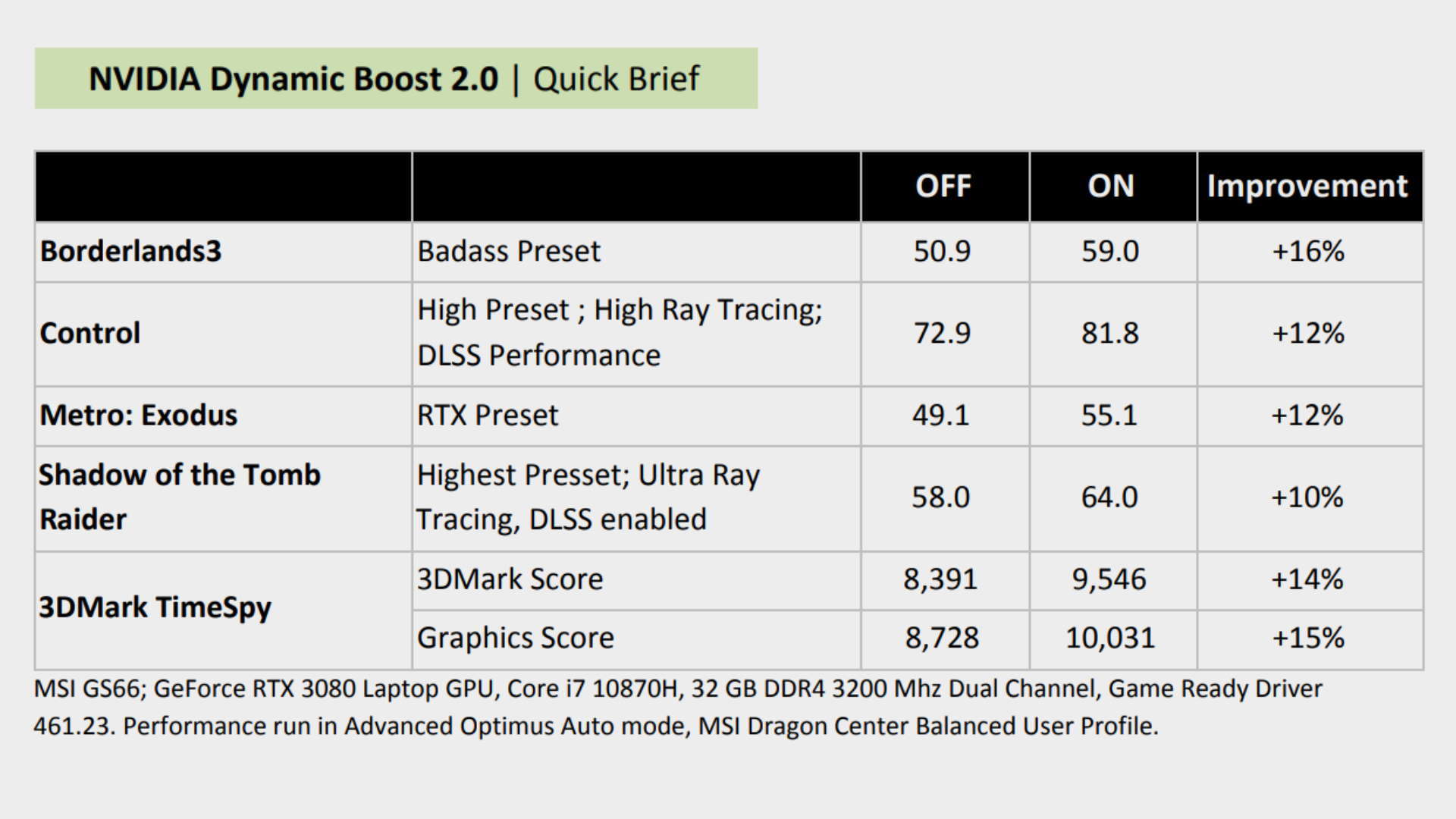
Unfortunately, there's no way of life to change state Dynamic Promote off for testing, but Nvidia listed some of its own FPS averages and mountain before enabling it. We'll just have to take the company's Word of God for it on this one. And it's not like you butt turn it off, anyway so... er, deal with it?
But it should supporte encouragement performance without you having to lift a feel. Which is e'er skillful.
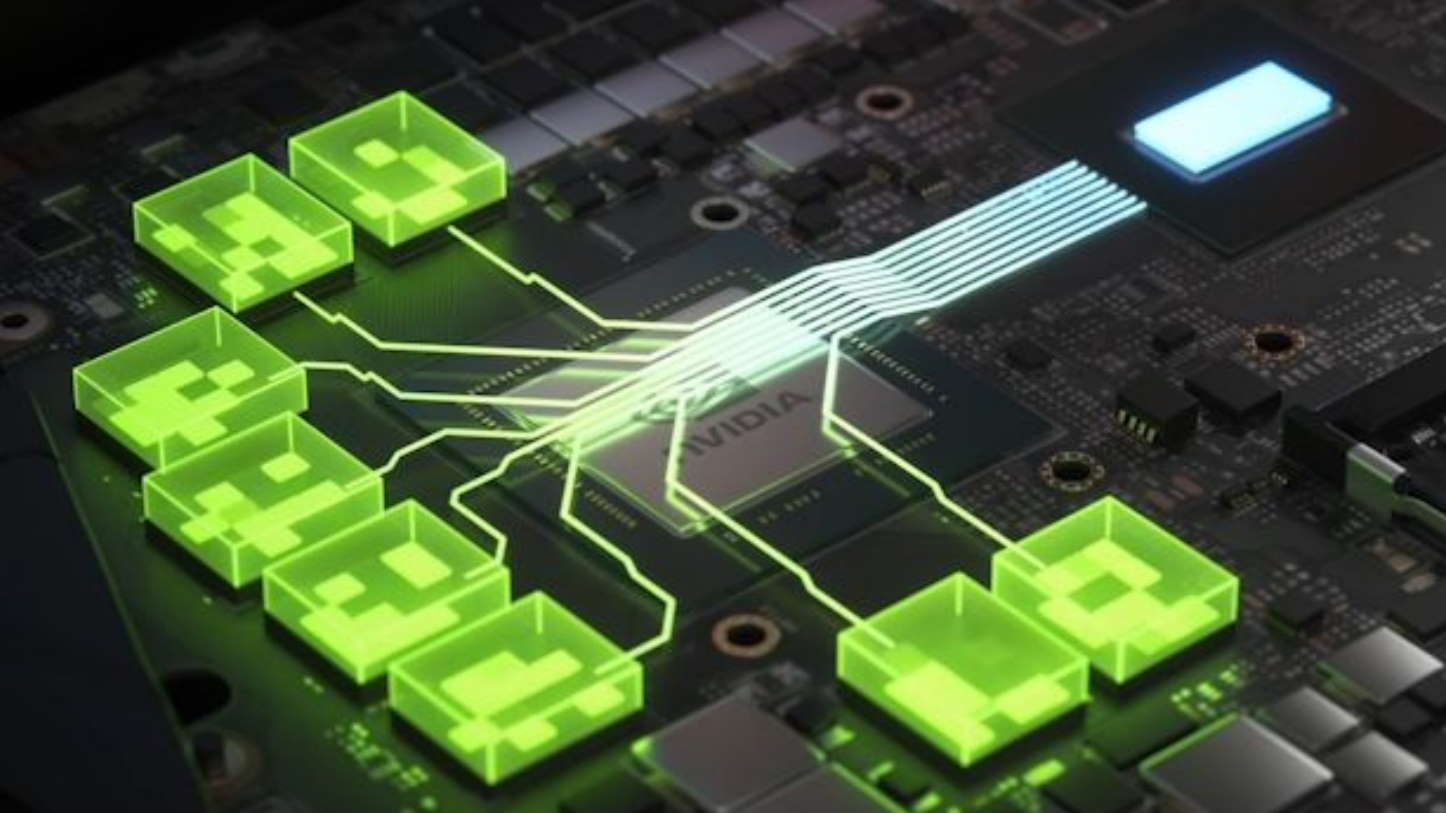
Nvidia Resizable BAR
Resizable BAR (Base Address Cross-file) is Nvidia's equivalent to AMD's Smart Access Memory, or SAM for short. This unity's on by default, so there's no need to tinker around in the settings to switch it along.
The Resizable BAR basically increases the buffer between your machine's C.P.U. and GPU. Where previously data exchange between these constantly interacting components was limited to just 256MB, the Resizable BAR feature bu unlocks the bandwidth limit between the two. Rather than exchanging data little and often, which can reason latency issues, your components can convey freely PR and means that the larger frame buffers of modern GPUs seat actually be fully utilised.
This has the potential to pass on your automobile a passive vantage that speeds sprouted the information retrieval process, which in sprain can bolster performance in certain games.
Thither have been but a few games that truly sing with this new technology in shoes, though, with most upticks in framerate being comparatively negligible—most are seeing performance increases nether 10 percent. Still, all little helps.
Source: https://www.pcgamer.com/nvidia-max-q-laptop-features/
Posted by: stephensbrabtleater.blogspot.com



0 Response to "These are the best Nvidia gaming laptop features you're not using | PC Gamer - stephensbrabtleater"
Post a Comment